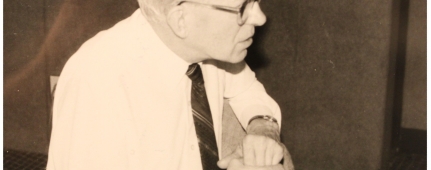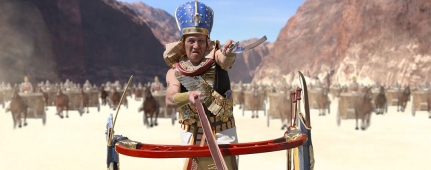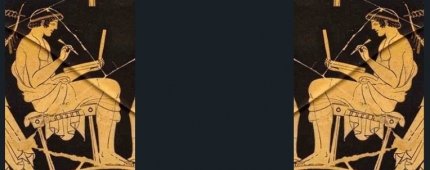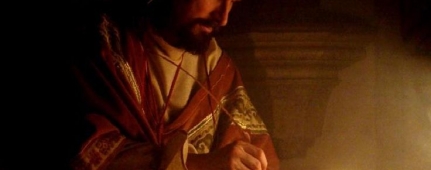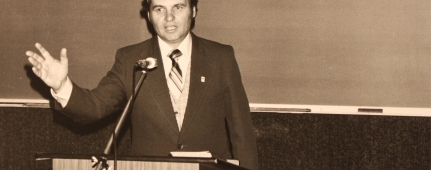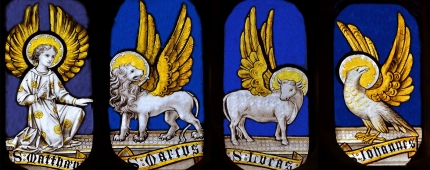Isaiah 7:14—Is this verse a prophecy about the virgin birth of Jesus Christ?
Problem: The prophecy of Isaiah 7:14 concerns the conception of a virgin and the bringing forth of a son whose name would be Immanuel. However, verse 16 seems to place the birth of the child before the invasion of the Assyrian armies and the fall of Samaria in 722 b.c., and Isaiah 8:3 seems to be a fulfillment of this prophecy. How can this be a prophecy about the virgin birth of Jesus?
Solution: The fulfillment of this prophecy may be two-fold. Because of the desperate situation which the people of Israel faced, God promised to give them a sign that would assure them that He would ultimately deliver His people out of bondage. Many scholars believe this sign came in two ways. First, it came as a sign of the physical deliverance of Israel from the bondage to which they were going under the invading Assyrians. Second, it came as a sign of the spiritual deliverance of all of God’s people from the spiritual bondage to Satan. The first aspect of the sign was fulfilled in the birth of Maher-Shalal-Hash-Baz as recorded in Isaiah 8:3. The second aspect of the sign was fulfilled in the birth of Jesus Christ at Bethlehem as recorded in the Gospels.
The word translated “virgin” (almah) refers to a young maiden who has never had sexual relations with a man. The wife of Isaiah who bore the son in fulfillment of the first aspect of the prophecy was a virgin until she conceived by Isaiah. However, according to Matthew 1:23–25, Mary, the mother of Jesus, was a virgin even when she conceived and gave birth to Jesus. The physical conception and birth of the son of Isaiah was a sign to Israel that God would deliver them from physical bondage to the Assyrians. But, the supernatural conception and birth of the Son of God was a sign to all of God’s people that He would deliver them from spiritual bondage to sin and death.
See All Problems
This excerpt is from When Critics Ask: A Popular Handbook on Bible Difficulties (Wheaton, Ill.: Victor Books, 1992). © 2014 Norman Geisler and Thomas Howe. All rights reserved. Used by permission. Click here to purchase this book.



